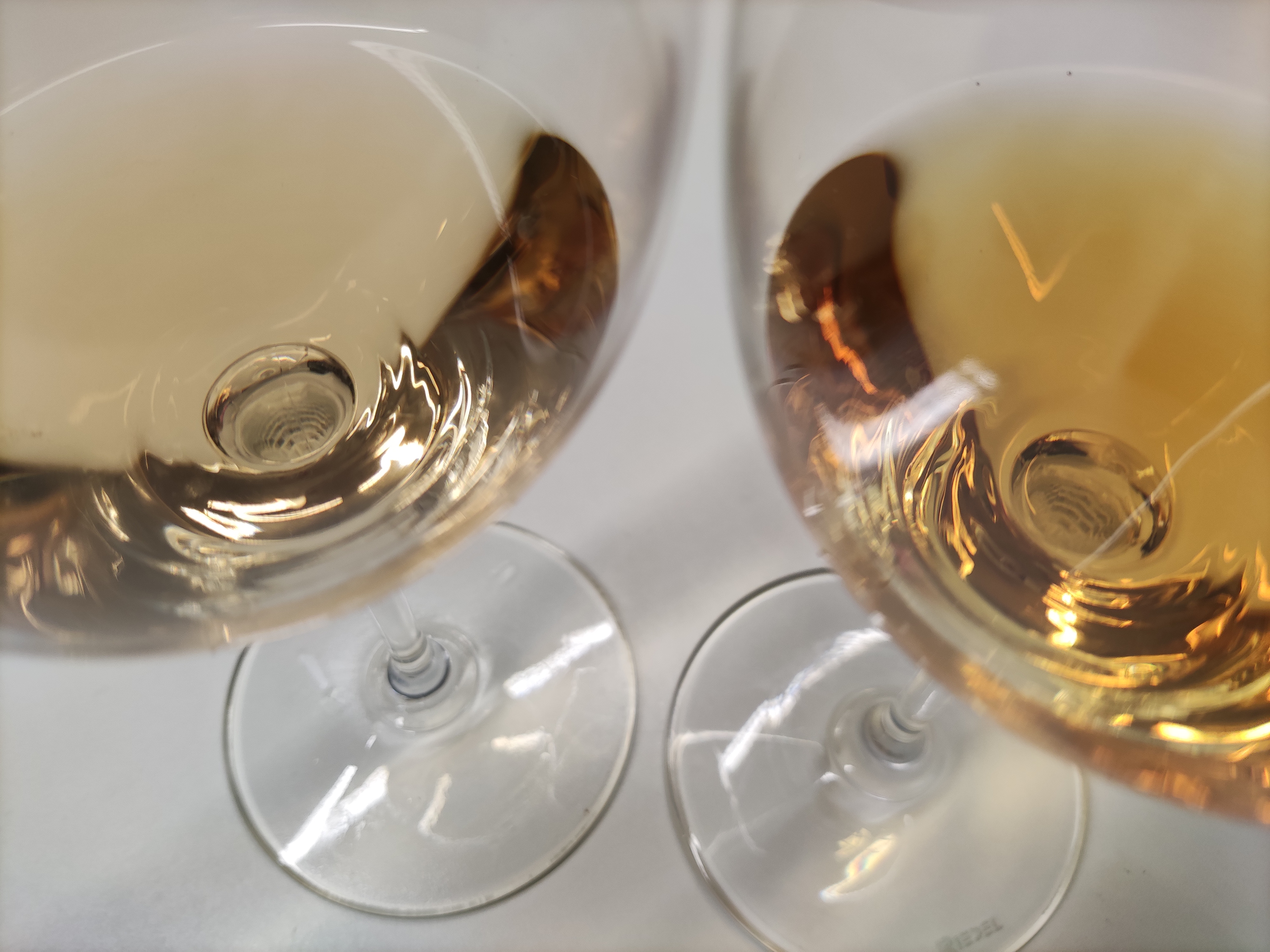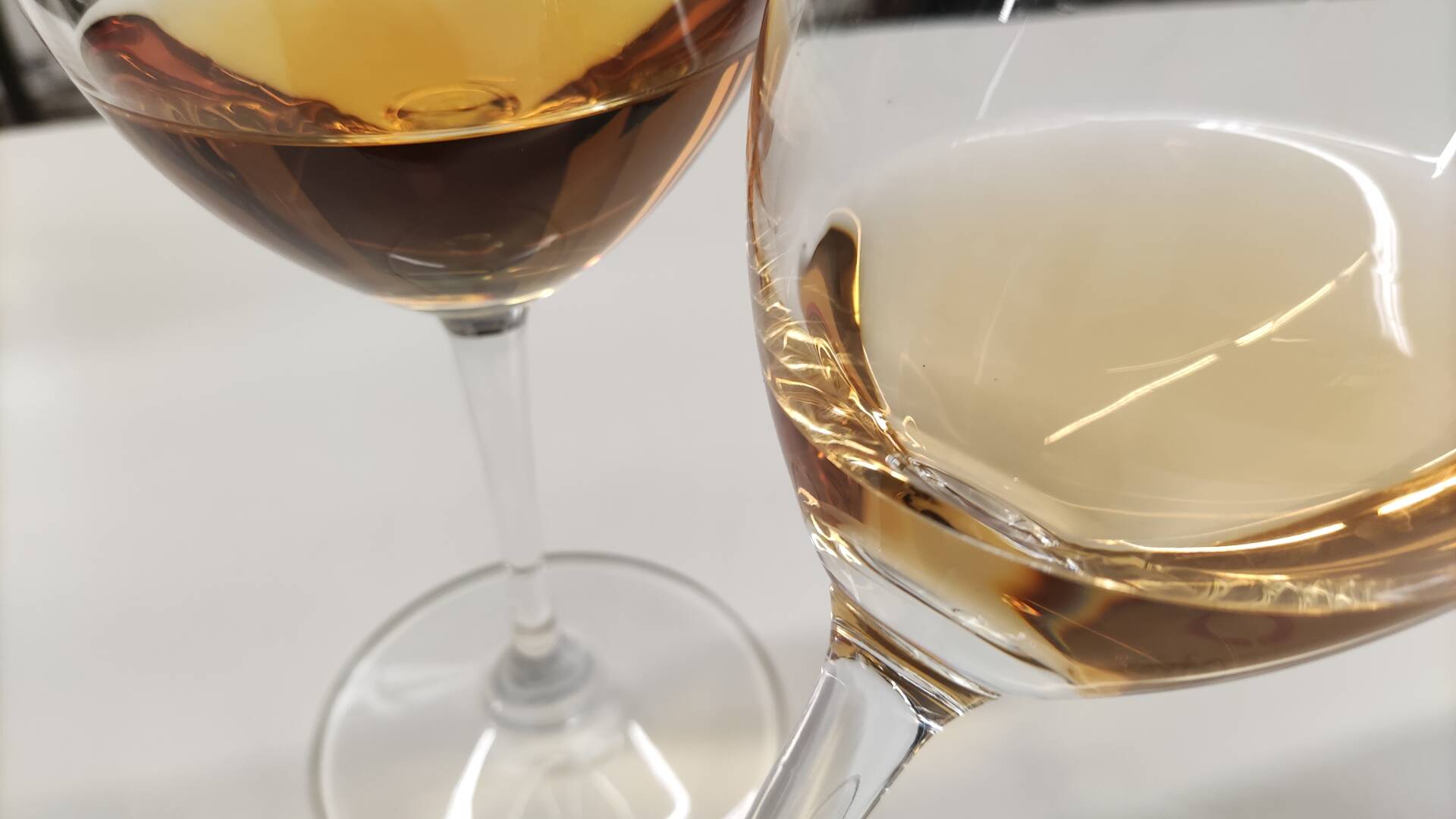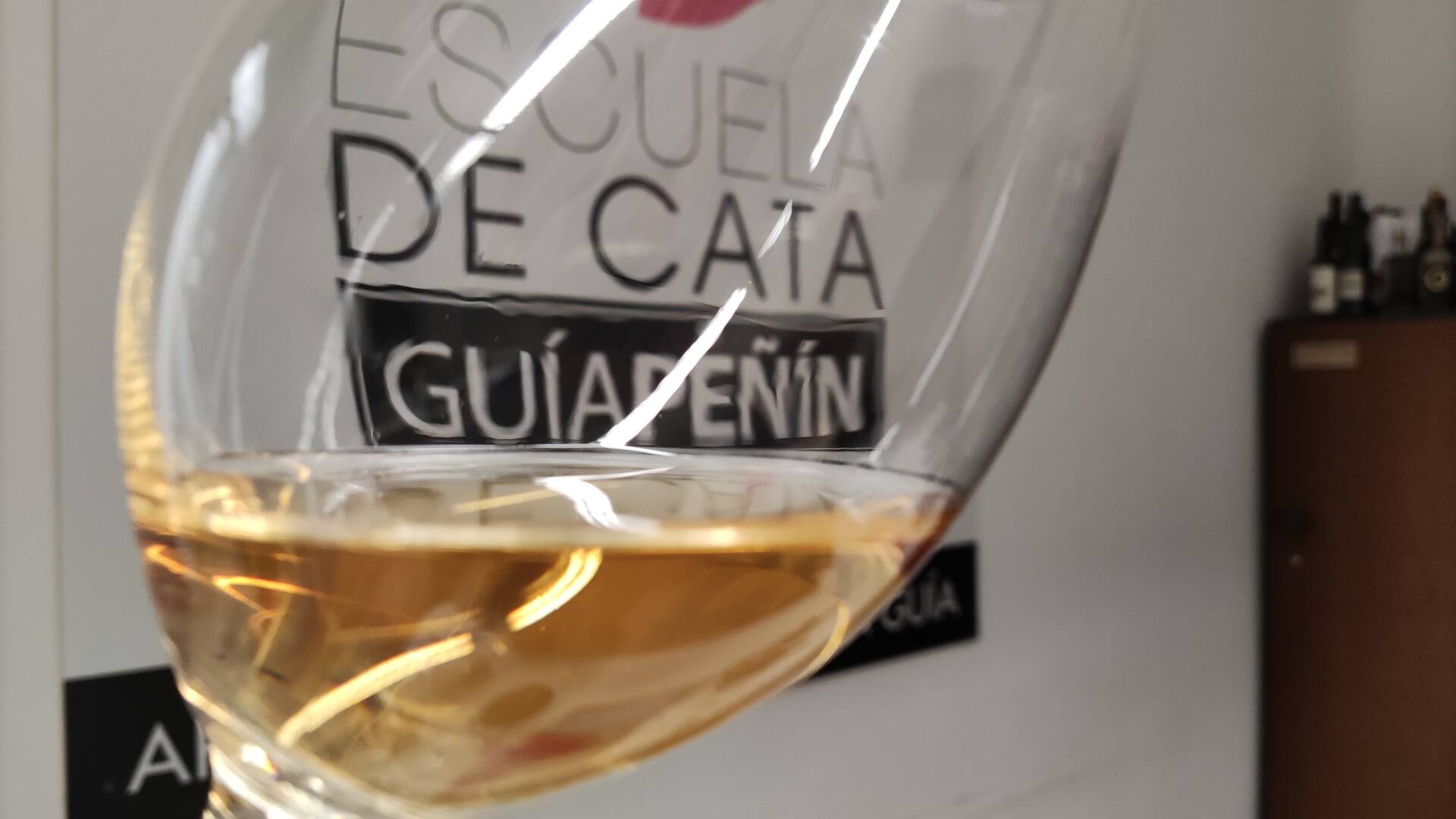The ability to express a terroir?
This is a subject of some debate: can these wines express their place of origin in their aroma and taste? The way they are made means that these wines are very much dominated aromatically and taste-wise by the winemaking process itself, so that in the vast majority of cases the orange wine signature doesn't allow you to see beyond the wine's own excellence.
But don't worry, it is not the end of the world, there are excellent well made wines that don't have the magic fairy to take us to the vineyard, and yet they are still interesting. As it always happens in the world of wine, we must be cautious in our affirmation, because little by little better examples are emerging with wines that are approaching the world of the great brands. Without going any further, the best example that we know of in the Peñín Guide of an orange wine with an expression of place is the one made by Eulogio Pomares in his project in Rías Baixas known as Fento Wines. This wine was one of the nominees for revelation wine in the Peñín Guide 2018 (2017), and it is the only orange wine that has managed to reach 94 points, a milestone for this style of wine.
For whatever reason, the arrival and profusion of these wines in recent years is an opportunity for all wine lovers because they enrich a little more the already wide diversity of styles that prevail in Spain. Orange wine allows us to enjoy a different style that will deliver different sensations during its consumption.

 Log in
Log in









